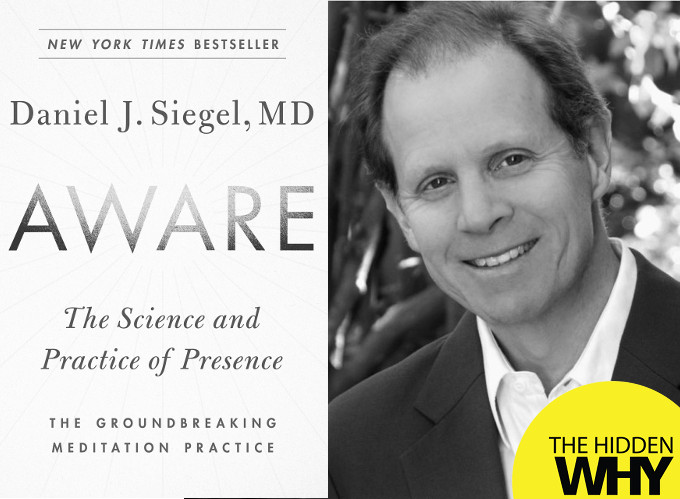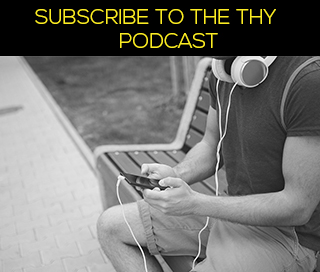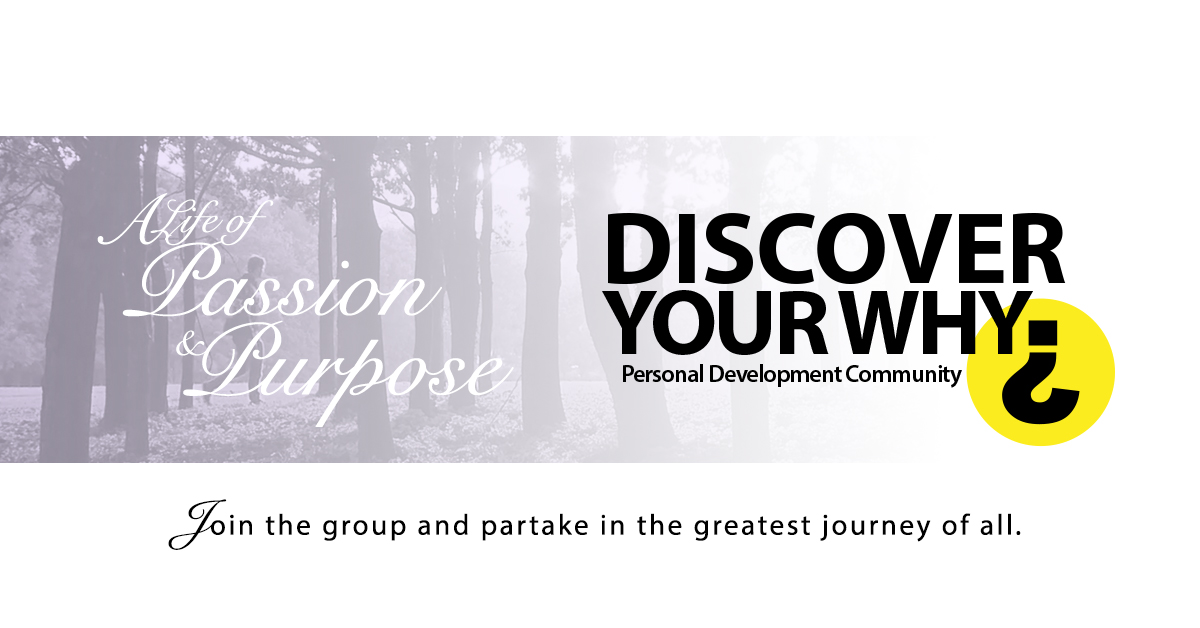
Aware: by Dr Daniel Siegel
Written by Leigh Martinuzzi
Dr Siegel is a clinical professor of psychiatry at the UCLA School of Medicine and the founding co-director of the Mindful Awareness Research Center at UCLA. After completing his medical degree from Harvard University Daniel spent time studying family interactions with an emphasis on how attachment experiences influence emotions, behaviour, autobiographical memory and narrative.
Siegel has a unique ability to make complicated scientific concepts exciting and accessible which has led him to interact and address diverse groups of people including mental health professionals, neuroscientists, corporate leaders, educators, parents, public administrators, healthcare providers, policy-makers, mediators, judges, and clergy. This diverse level of experience and knowledge has been woven into the purpose of this book which I believe is to teach others the Science, practice and benefits of mindfulness training.
According to Siegel Mindfulness means having an ability to focus attention and open awareness. Mindfulness training is the tools and practices we can use to assist us in becoming mindful. In this book, Aware, Siegel teaches us the Wheel of Awareness and the practical instruction to make use of this tool. With a belief that after mastering the Wheel of Awareness one can expect to discover life-changing abilities in the way of focus, presence and peace for the purpose of better dealing with day-to-day life.
The Wheel is not overly difficult to understand and navigate especially if you have previous experience in reflective practice or mindfulness training. Having the Wheel of Awareness diagram to refer to will help. Essentially, Siegel presents a Wheel that much like a standard bike tyre comprises a rim, spokes and a central hub. The central hub acts as ‘knowing’ which is influenced by external senses and other places of our attention or awareness.
To develop our awareness, we need to focus attention on these external areas. Siegel suggests using the spoke of the wheel to guide our attention. As we proceed in a circular motion around the wheel our attention is guided through four segments these include our five senses (touch, taste, sight, smell and hearing), our sixth sense or interior bodily sensations, our seventh sense or mental activities and finally our eighth sense – our interconnectedness to others.
In basic meditation practice, a form of mindfulness training, a focus on just any one of these areas over a prolonged period of time will help establish a higher sense of knowing. For example, some practices train you to sit and simply focus on breathing while others are guided towards showing loving kindness to others – interconnectedness. Siegel has combined these facets that affect the quality of our awareness into one practice. He also has on offer guided meditation sessions for download on his site here if you are willing to have a try.
Having tried it on a few occasions I still feel better able to focus on one of these segments per session rather than trying to stay focused and navigating the entire wheel in any one sitting. I am sure Siegel would encourage this. The science that Siegel presents proves the theory to such practices are effective keeping in mind that mindfulness training takes time.
Siegel’s principle is that where attention goes, neural firing flows, and neural connection grows. When we focus on bringing attention to the various senses during mindfulness practice we will improve our neural connectivity. This can then be used in daily life while in direct experience. We can lessen attachment to those elements of life that affect us via our various senses because our attention and hub of knowing strengthens. In theory, this delivers us into a greater sense of peace despite the external and internal happenings of life. Science is also proving that is useful to fight depression and addiction and many other ailments that may debilitate our lives.
The book is a little bit jumbled and at times I found it hard to follow. I suppose I was hoping for a little clearer explanation of the science behind mindfulness training. I understand Siegel has much experience and knowledge in this field, but I never found myself getting into the flow of reading his work. Also, being pre-educated on the Wheel after an interview I did with him I found the brief on the Wheel of Awareness too long and a little scattered. By all means, I feel Siegel has many great concepts and this tool has a tone of value and therefore worth investigating yourself.
If this book sounds of interest you can purchase Aware: The Science and Practice of Presence–The Groundbreaking Meditation Practice
here.
Please leave your thoughts, comments & questions below.
Peace, passion and purpose…
Other books that you may enjoy.
Further Reading and Resources
. . .
TED Talks: Ideas worth spreadingElite Daily: The Voice of Generation Y
Four Hour Work Week: How to escape the 9-5, live anywhere and join the new rich.
The Minimalists: How to pursue a minimalist lifestyle and be happier.
Mind Hacks: Tips and Tricks for Using Your Brain
Rich Roll: Plantpowered Wellness Advocate
The Art of Charm: Build confidence, feel comfortable and networking differently.
The Art of Manliness: Encouraging men to be better husbands, fathers, brothers, citizens.
Tiny Buddha: Simple wisdom for complex lives.
Mind Body Green: Lifestyle media brand dedicated to inspiring you to live your best life.
Zen Habits: Find simplicity and mindfulness in life.
Creative NonFiction: “true stories well told.”
Barking Up the Wrong Tree: science-based answers and expert insight on how to be awesome at life.
The Positivity Blog: Practical articles on happiness, self-esteem, productivity and social skills.
FIND YOUR HIDDEN WHY with THE HIDDEN WHY (THW)
BUILD YOUR LIFE AROUND YOUR PASSION AND LIVE WITH PURPOSE
Sign up for free below and receive cool stuff from me each week + Plus a free copy of “The Four Pillars of Success”
In my weekly emails you will receive ideas, thoughts, learning’s and inspiration on:
- How to design a life that you want and live by your terms
- How to live a life with passion & purpose
- Methods, strategies, & techniques on life hacks
- Messages on how to better live your life
- We will also keep you up to date with fantastic interviews from THW podcast













Leave a Reply